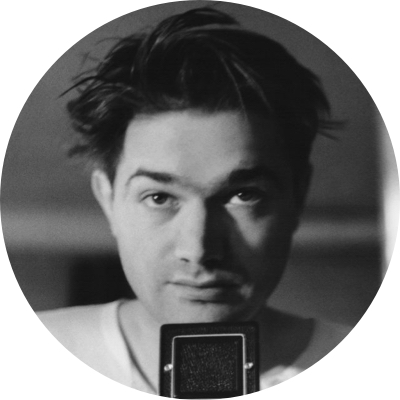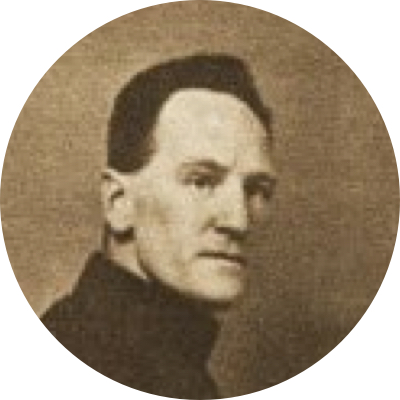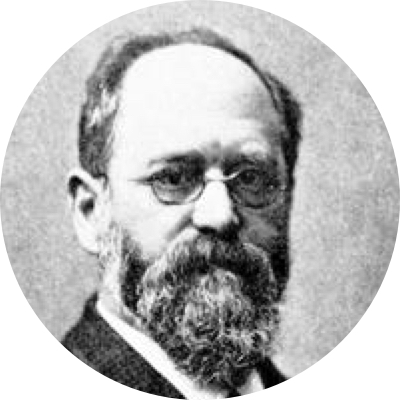Photographers
Here are some of the prime names represented in our collection.

Lennart Nilsson
Lennart Nilsson (1922-2017) is considered one of history’s most successful photographers. As a pioneer in scientific photography, he pushed the boundaries of what was technically possible, most notably in his best-known works about the time before our birth. Always curious, with his journalistic mind and urge to tell stories, he captivated millions of people worldwide with his images. From his career spanning seven decades, his life’s work represents an invaluable contribution to the history of photography.
Even though he might be most famous for his medical photography, Nilsson is also regarded as one of Sweden’s leading photojournalists, traveling the world making photo reportages and being published in the most prestigious magazines worldwide. In the 1950s, Nilsson began experimenting with new photographic techniques, like macro- and microphotography. These resulted in, among others, the series Ants and Life in the Sea. He achieved international fame in 1965, when his photographs of the beginning of human life appeared on the cover, and on sixteen pages, of Life Magazine in the photo essay titled Drama of Life Before Birth. The photographs were included in A Child is Born (1965), today considered one of the most important books of the 20th century understanding human reproduction. A theme he continued working with for almost 40 years.
In 1976 Lennart Nilsson was awarded an honorary doctorate at Karolinska Institutet, and in 2009 he was given the title Professor’s name by the Swedish Government. He has received three Emmy Awards for the TV productions The Saga of Life and The Miracle of Life, and was the first person to receive the honorable Hasselblad Award in 1980.

Henry B Goodwin
Photographer Henry B. Goodwin (born Heinrich Karl Hugo Bürgel) is considered one of the most influential Pictorialist photographers from the Nordics. Goodwin moved to Sweden from Germany to work as a philologist and lexicographer in the early 1900s, but started to take portraits of colleagues and family in photographic styles very unfamiliar to what Swedes were used to.
Rather than shooting just for documentary purposes or to show the “what” of an object or subject, Goodwin would experiment with angles, lightning, and sharpness to create painting-like photographs. Together with an enormous drive and a knack for marketing, Goodwin would become a popular photographer for celebrity photography and beyond. Goodwin would also photograph images very similar to the street photography of today, focusing on spontaneous shots of the people in Stockholm.
Until his death in 1931, Goodwin was a strong advocate for photography as an art form. He was a writer, debater, and critic who used his cultural position to introduce international photo art to the Nordics— and vice versa.

Johannes Jaeger
The late German-Swedish photographer Johannes Jaeger helped to push international photography to new technical and artistic heights during the mid and late-1800s. Jaeger first tried out photography as a teen at the Berlin Academy of Arts, and would spend his summers traveling Europe to learn more about photography and take portraits of anyone who agreed to pay for it.
When he reached Sweden in 1858, he started his own photography studio ’Atelier Jaeger’ in Stockholm and ended up staying in the capital for 40 years. He quickly rose to fame within the social and economic elite as the go-to portrait photographer. As the word got around he eventually earned himself the title as the Swedish royal family’s official photographer.
Johannes Jaeger did however not only spend his time taking portraits. He was a curious soul, and always tried to keep up with the latest techniques and styles. He worked with stereoscope and topographical photography, but above all else, he was a pioneer in panoramic photography and is considered one of the style’s founding fathers. Until his death in 1908, Jaeger photographed groundbreaking architecture, landscapes, and museums during his hectic career.